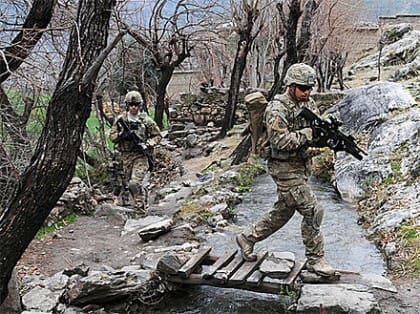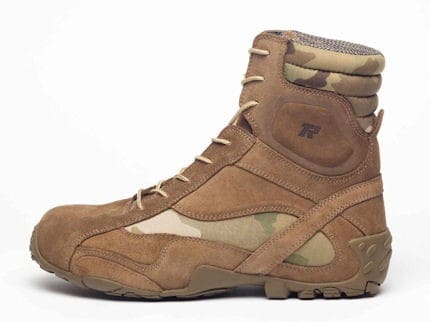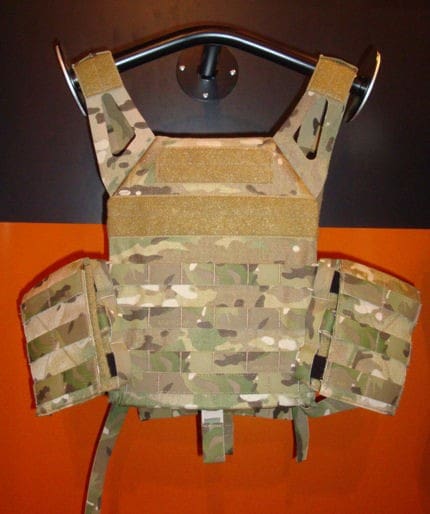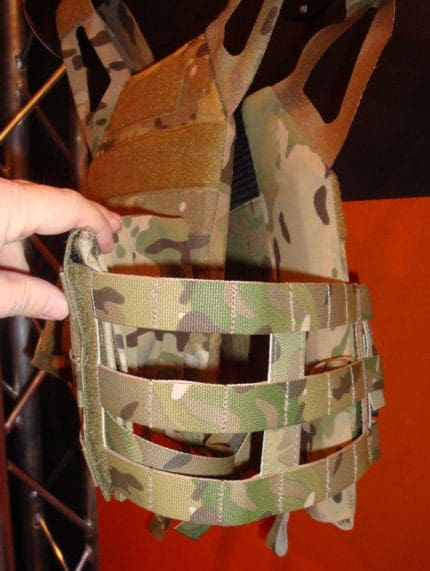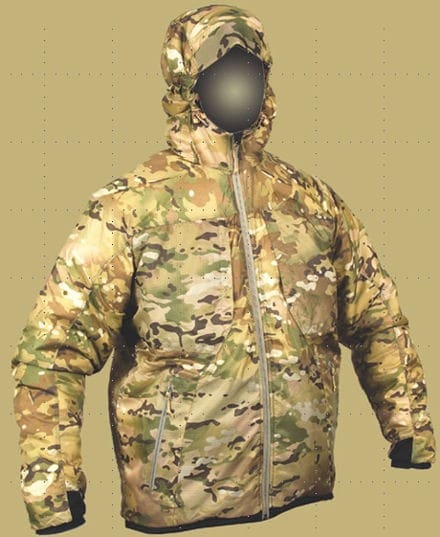Apparently, the endgame is in sight for an issue that began last June when the now deceased Rep John Murtha called for the Army to investigate alternative camouflage patterns for use in Afghanistan.
According to numerous sources the Chief of Staff of the Army approved a plan today to field MultiCam to all Army forces in Operation Enduring Freedom (Afghanistan) beginning as soon as possible. This is implementation of the decision brief’s Course of Action 1 which called for the fielding of MultiCam to all Army personnel engaged in OEF-A. Other options offered to GEN Casey included fielding a less robust MultiCam package focused on phased implementation with ground maneuver elements as well as a plan to maintain the status quo which is the use of the Universal Camouflage Pattern. It is important to note that the decision to field MultiCam uniforms and equipment currently only affects forces operating in OEF-A. Contracts could begin to be modified as early as this week and OEF-A bound Soldiers should begin to see clothing and equipment as early as July with in-theater fielding starting in August.
Congratulations to the US Army, the American Soldier, and Crye Precision.
UPDATE: Apparently, congratulations are a bit premature. According to multiple sources, the information above is still valid but due to the level of visibility on this issue, the Secretary of the Army, the Honorable John McHugh still needs to consider the issue and make a final decision on the CSA’s recommendation. Although GEN Casey has approved the plan, this is not yet a done deal. Word is that the Secretary has already been briefed and we are just waiting on a formal announcement. Army PAO has failed to return phone calls or e-mails despite contacting other news outlets. Hopefully, we will hear something soon. We will keep you posted.


